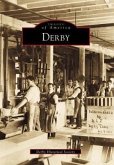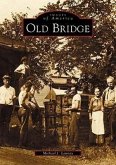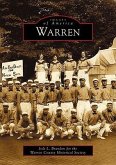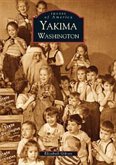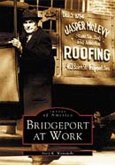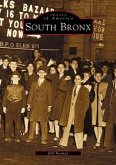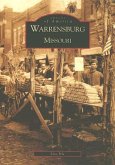On the edge of the 1792 original city plan by designer Pierre L'Enfant lies the Greater U Street neighborhood. For nearly 70 years before the Civil War, orchards and grazing land covered the area. When Camp Campbell was settled during the war where Sixth and U Streets now lie, thousands of fighting soldiers and then freed men and women flocked to the area. The fighting ceased, and many people remained to construct small wood frame homes, churches, and businesses that eventually gave way to the elegant rows of substantial brick townhomes lining the surrounding street today. The rise of racial segregation in the early 1900s cultivated the Greater U Street area into a city within a city for the African-American community, and it remained so until the urban riots of 1968. The 1920s and 1930s witnessed a thriving cultural scene, with entertainers such as Sarah Vaughn, Pearl Bailey, Cab Calloway, and the neighborhood's own Edward Duke Ellington frequenting private clubs like Bohemian Caverns and other venues such as the Howard, Dunbar, Republic, and Lincoln Theaters. Known by many as the Black Broadway, Greater U Street was unique in that many of its institutions-Industrial Bank and True Reformers Hall among them-were designed, financed, owned, and built utilizing the talents of such emerging African-American professionals as banker John Whitelaw and architect John A. Lankford.
Hinweis: Dieser Artikel kann nur an eine deutsche Lieferadresse ausgeliefert werden.
Hinweis: Dieser Artikel kann nur an eine deutsche Lieferadresse ausgeliefert werden.


